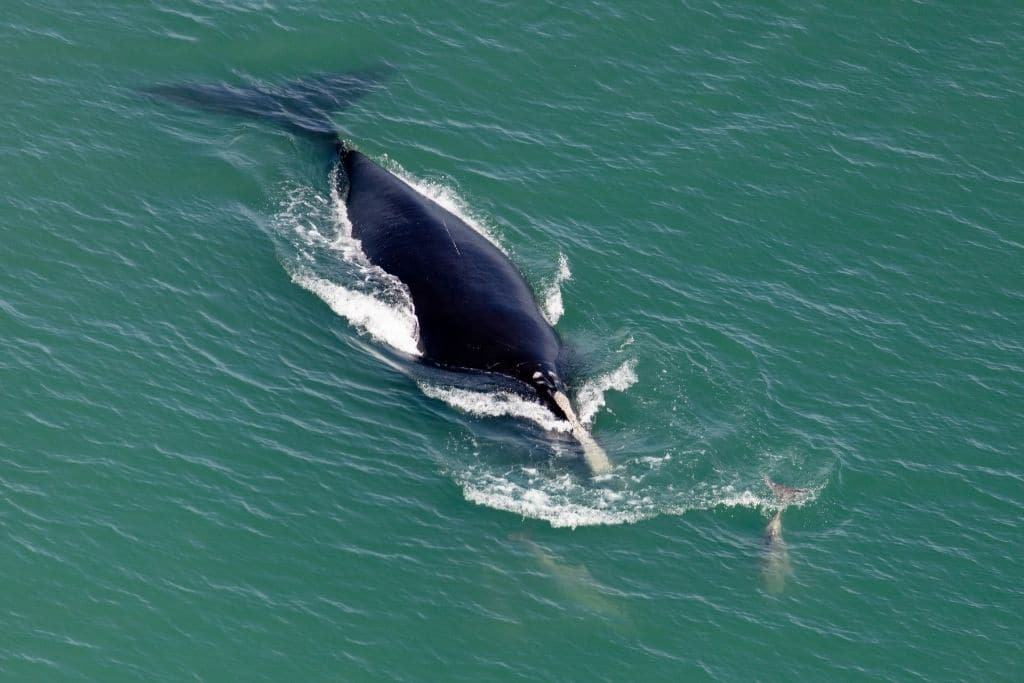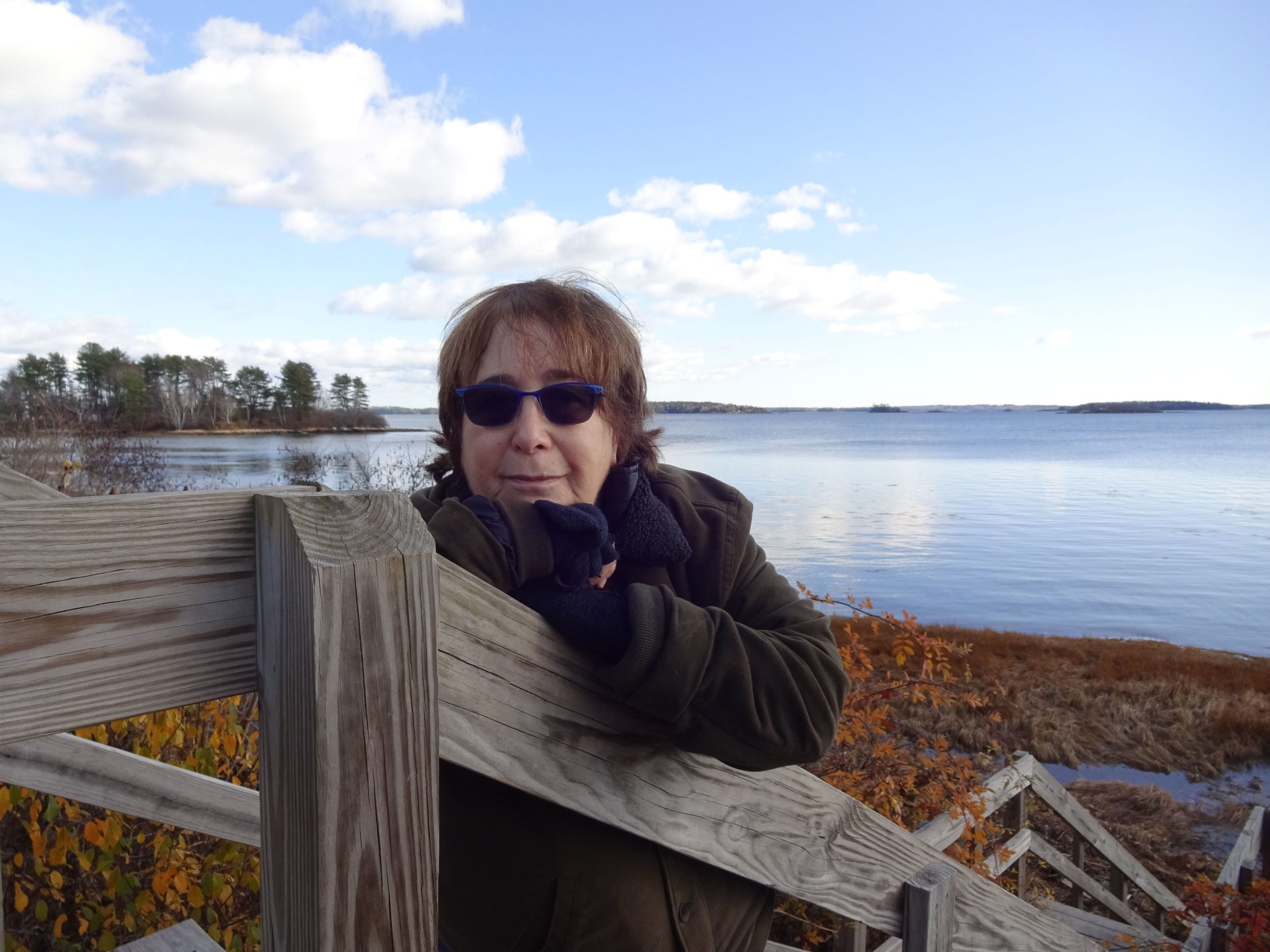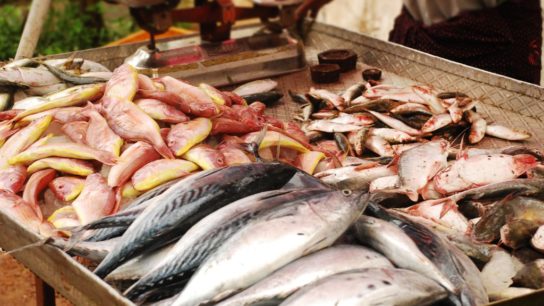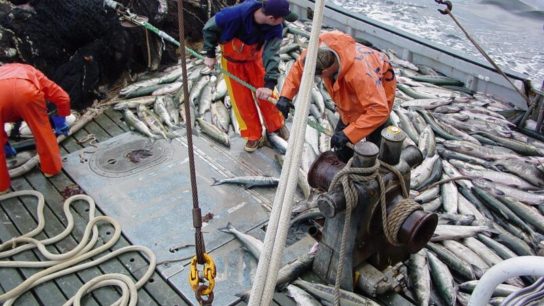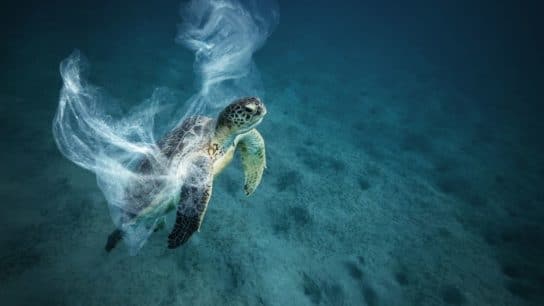For almost a decade, the Maine lobster fishery has been locked in an adversarial relationship with conservationists concerned about the survival of the North Atlantic right whale. Recent state and federal legislation earmarked at providing funding to the industry to help defray the costs of complying with fishing regulations may be the key to finally assuring the survival of the critically endangered North Atlantic right whale.
—
A fight has been raging in Maine in the US for a number of years. Economics and science have been used as weapons in the battle over the survival of Maine’s lobster industry and that of the endangered North Atlantic right whale. Legislation at the state and federal level may now be the key to assuring the survival of both. The legislation offers economic assistance to the lobster industry and may bring détente to an often contentious issue between the industry and conservationists.
Sean Todd, a whale biologist and director of a Maine-based research group focused on marine mammals, dates the rise in tensions between the lobster fishery and the conservation community to about 2015, a time when the North Atlantic right whale numbers began to plummet. Concerned conservationists clamoured for federal regulators to undertake more effective and targeted protections that would avert the downward trend toward the whales’ extinction. The North Atlantic right whale population in 2011 had been estimated to be about 480 and continued to decline by as much as 30%, to the point that by 2021, there were probably fewer than 340 individuals remaining. Aside from plummeting population numbers ,the species have increasingly been impacted and harmed by fishing activities. Data published by the New England Aquarium in October 2021 revealed that 86% of known right whales bore scars that indicated they had experienced entanglement with fishing gear.
The lobster industry in Maine contributes significantly to the state’s economy. It has been lobbying hard against management plans recently developed by federal agencies to protect the right whales. The Maine lobster industry has taken to the courts to seek legal relief from the federal fishing restrictions. In November 2021, the industry launched a three-year, USD$10 million fundraising campaign to help defray their legal costs. They also have lobbied Maine’s political leaders to support legislation that would help cover the costs for the industry to comply with the new regulations involved in changes to fishing gear, aimed at protecting the endangered animals from entanglement. The new regulations require gear modifications such as adding more weak links to vertical lines to allow whales to break free in the event they become entangled; increasing the number of traps per line to reduce the number of lines used; and adding new markings at intervals along the lines to allow for identification of lines should a whale become entangled.
The lobster industry should not be mistaken as an archetypal villain. The industry is composed of hard-working men and women who engage in work often conducted in less than ideal weather conditions; have boats and equipment that need to be maintained; and families and crew to support. But have no doubt that theirs is a USD$1.4 billion industry. It has clout that can be a daunting opponent for those who stand for the whales. “It is really frustrating to be a small voice against a massive wave of the lobster industry. It’s difficult to be heard in those circumstances, and it’s difficult to be taken seriously,” said Todd.
You might also like: Off and On Again Protections: Will the North Atlantic Right Whale Survive the Legal Wrangling?
Conservationists and scientists have also had to dispel unwarranted claims, specifically that Maine’s lobster industry isn’t responsible for the entanglement and death of right whales. According to Bill McWeeny, who chairs the Maine Coalition for North Atlantic right whales, the industry and its supporters claim that there hasn’t been a documented case in Maine of a right whale becoming entangled in fishing gear since 2004. McWeeny says the claim is that “less than 2% of the entanglements have been traced back to any fishery.” Rather than being the full truth, the said claim is a misrepresentation of the facts. He says that lobster fishing gear has not been marked clearly enough to identify where it comes from or is found in poor condition after being recovered from a dead or injured whale. In other words, it is tough to trace a rope’s ownership.
“So any fishery up and down the coast can say ‘oh we’ve only had one or two, or we’ve never had a death or anything.’ They all can say that,” said McWeeny. But this allegation belies the full story. While Maine’s Governor and Congressional delegation states they want to protect the whales, they believe the industry’s unsubstantiated claims and that Maine’s lobster fleet is being unduly targeted by management regulations.
Another industry claim is that the right whales do not use the area that federal regulations have selected for closure to traditional rope-and-buoy lobstering during the months of October through January. The Maine Lobstering Union in association with other industry advocates have previously criticised the data federal agencies used to develop the seasonal lobster ban. Yet recently, acoustic recorders have detected right whales inside the area where federal regulators have imposed new seasonal fishing restrictions. “We can’t say that they’re not here. There were whales seen inside [state waters close to shore] last year, we know they’re here; we know they move through this area,” said Maine’s Commissioner of Marine Resources, Patrick Keliher.
What may deescalate the rhetoric and defuse the conflict is that federal and state governments have allocated money to help the fishing industry comply with the regulations. More than $17 million has been earmarked by the federal government as part of the $1.5 trillion omnibus funding package. Approximately $14 million of that can be used to upgrade fishing gear and comply with configuration and marking requirements. Money is also allocated to help the lobster industry plan for the future and to pay for right whale research, monitoring, and conservation. Two bills have been endorsed by a Maine legislature committee that would provide state funding for the industry. One sets up a relief fund for lobstermen affected by the whale-protection regulations. The other bill would establish nearly a million dollar annual legal defence fund for the lobster industry.
The lobster industry and the endangered North Atlantic right whale population are both facing an uncertain future. The fishing industry must contend with rising costs and, like the right whale, the impacts of climate change. The North Atlantic right whale’s future is tied intimately with what Maine’s lobster fishery does. Human activities have taken and will continue to take a toll on their survival unless the fishing industry takes action to help alleviate the danger of entanglement.
“If we stop killing them and allow them to allocate energy to finding food, mates, and habitats that aren’t marred with deadly obstacles,” scientists like Dr. Scott Kraus, chair of the North Atlantic Right Whale Consortium, think there is still time to save the right whales from extinction. The question now is will the financial incentives offered by federal and state legislation save the whales?








